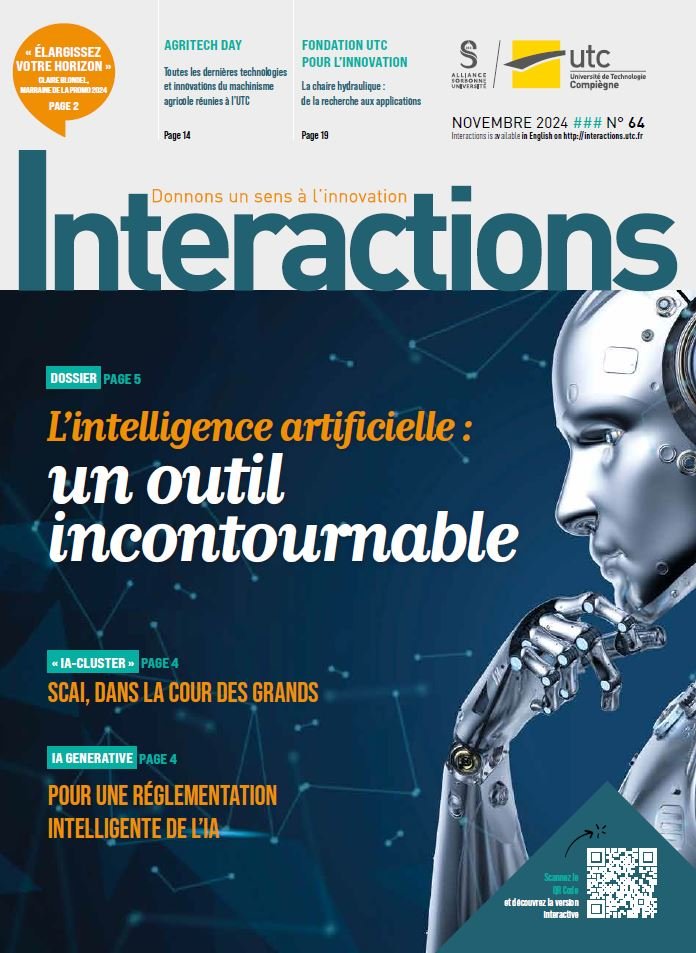Performance & prevention

Director of the Centre d’Expertise pour la Biomécanique du Mouvement (Centre of Expertise for the Biomechanics of Movement in Humans and Animals) in 2022.
Among the objectives of UTC’s Centre for Expertise in the Biomechanics of Movement? «The aim is to federate and mobilise a range of scientific and technological skills around the theme of improving performance while preventing the risk of physical injury.
Thanks to our scientific expertise and the various measurement systems on our ‘Sport and Health Technology’ platform, we can analyse and study the mechanics of human and animal movement both in the laboratory and in ecological situations. This enables us to address a number of issues, such as optimising performance and equipment while preventing injuries. It also enables us to define the optimum type of rehabilitation if necessary, as well as recovery for sportspeople, for example», he explains.
What sort of research work is carried out on humans? “We have conducted several regional and European projects on prevention through physical activity in gerontology. The aim is to introduce new methods and tools for supervising and monitoring physical activities at home. We demonstrated that adherence to a training programme is greater when it is carried out at home than when it is done in a sports centre or gym.
For top-level sportsmen and women, we have developed a number of specific measurement protocols in line with their sporting practice to assess their level of training by measuring and analysing physiological and biomechanical parameters such as muscle power, coordination, balance, etc.
As part of an ongoing training programme for young cyclists in the Haut de France selection team, we have also provided athletes and their coaches with objective information about their performance levels, with a view to drawing up an individual, made-to-measure training programme,» he adds.
And in regard to animal research projects? «We have been working in collaboration with the École Nationale Vétérinaire d’Alfort (ENVA) and the LIM group, a group of manufacturers specialising in made-to-measure equipment for riders and horse protection, to set up a system to help detect equine lameness. The aim of this project is to help improve the performance of the “horse athlete” while respecting its well-being, health and physical integrity. To this end, we have developed a system of inertial units — a set of sensors housed in a box that attaches to a segment to monitor its orientation, speed and position — to detect lameness, and we have set up a station to analyse horses when swimming, to monitor their rehabilitation.




